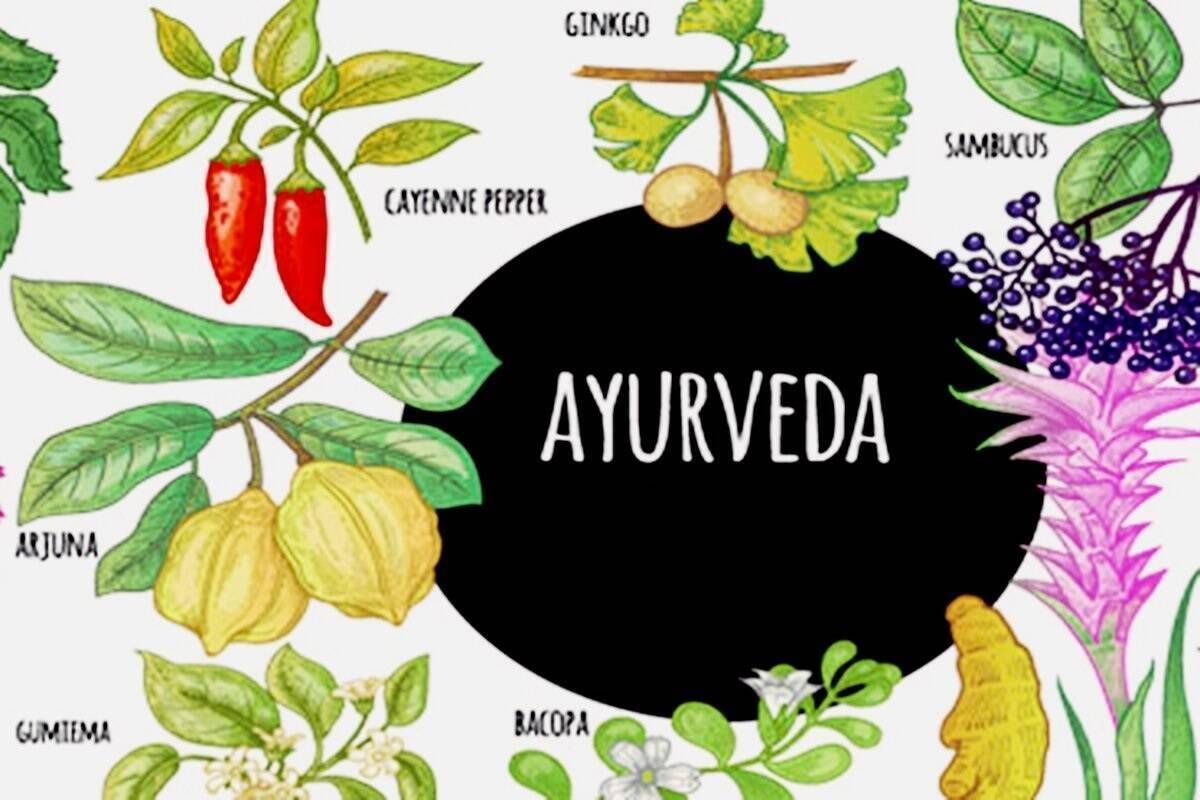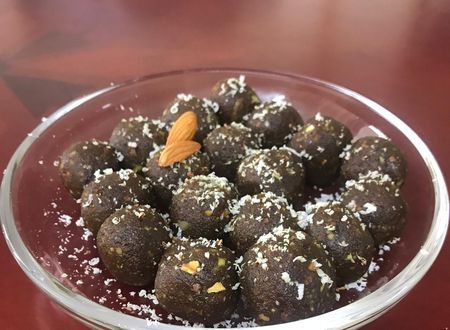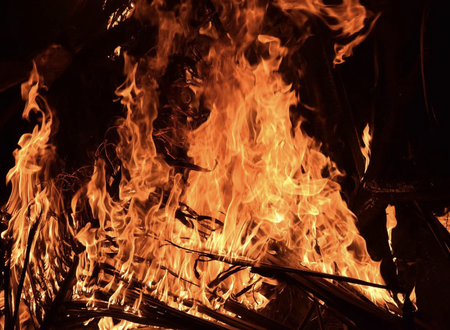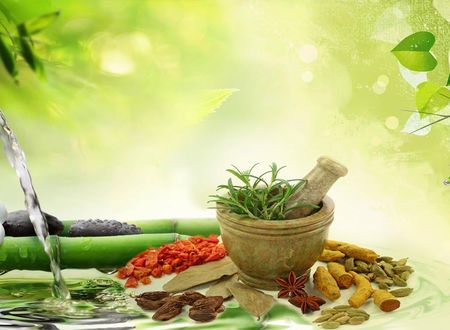This series is for all those wonderful os.me friends who have been requesting me to write posts on Ayurveda. I shall keep it as brief as possible, so that you guys do not get bored of it. You are all welcome to ask questions if any. Here we go, this part 1 would be just the introduction to Ayurveda.
Ayurveda, as the name indicates it is the science of study of life/longevity. “Ayu” is required to achieve the 4 purusharthas -Dharma, Artha, Kama, Moksha. Ayurveda is derived from Atharva/ Atharvana Veda.
How Ayurveda was gifted to mankind? Well, there are many versions of stories( we had it as one of the subject-AYURVEDA ITIHASA, in our first year)Google can help you with the story, I do not wish to elaborate on this here, to save time.
The core principle of Ayurveda is to maintain the health of a healthy person and to heal the diseased ones.
Does Ayurveda have specializations? Of course yes, read below
- Kayachikitsa- Kaya is “body” . Here this branch deals with study and treatment of all the diseases like that of General medicine.
- Bala Chikitsa- Bala ” Children”. As the name indicates its the pediatric care called ” Koumarabritya”
- Graha Chikitsa- This branch deals with treating of diseases caused due to devas, asuras and other supernatural powers. Unfortunately, this science is not in practice now, due to unavailability of the text that deals with the same. However, its reference is found in Sushruta Samhita to some extent. This topic can be taken for another day discussion.
- Urdvanga Chikitsa- Urdvanga” urdva means up/above” anga means organ/body part- means the parts of the body above shoulder level, which is ENT. This branch is called Shalakya chikitsa. Here its just not ear, nose and throat but also eyes.
- Shalya Chikitsa- Surgery. In fact, this branch is the important branch of Ayurveda because during the war between devas and asuras, surgery was the required treatment to treat the injuries caused and to restore the organ function and prevent organ damage. This treatment deals with the details of all surgical instruments, right from preference of the metal for instruments, its shape and size, specific indication of the instrument in the surgeries, so on and so forth. It also gives details with use of alkalis, cauterization and complete surgical procedures in detail with respect to diseases.
- Damstra Chikitsa- Damstra means toxin or visha. This is a branch that deals with toxicology in detail. This branch is called Agadatantra. Talks of various poisons that of snakes, and other poisonous creatures and also about poisonous plants, chemical poisons and their symptoms and their treatment with antidotes.
- Jara Chikitsa- Jara means old age. This branch is called Geriatrics. Deals with diseases of old age and use of Rasayana( rejuvenating medicines and therapies) for healthy aging:)
- Vrushya Chikitsa- Also called Vajikarana. Deals with sexual diseases.
The all above 8 branches is collectively called ” Ashtanga”- Ashta is 8, anga is parts/branches.
I shall end the part 1 here and in part 2 I shall talk of Dosha siddhantha of Ayurveda.
Am sorry if this turned out to be boring:), am trying my best to make it interesting to keep the curiosity going:) stay tuned!!









Comments & Discussion
40 COMMENTS
Please login to read members' comments and participate in the discussion.